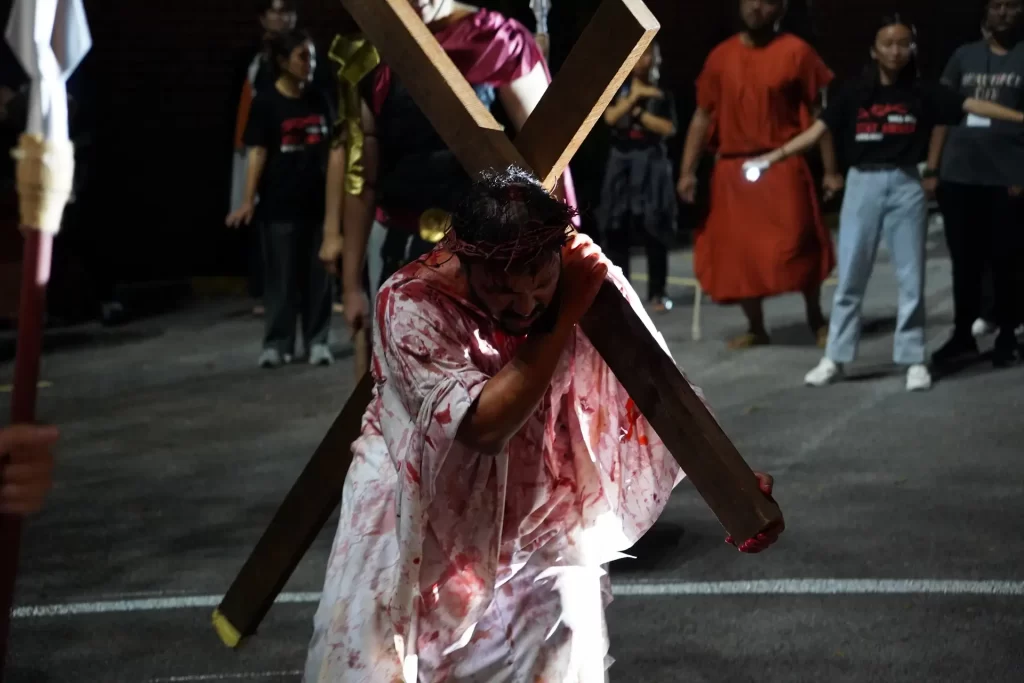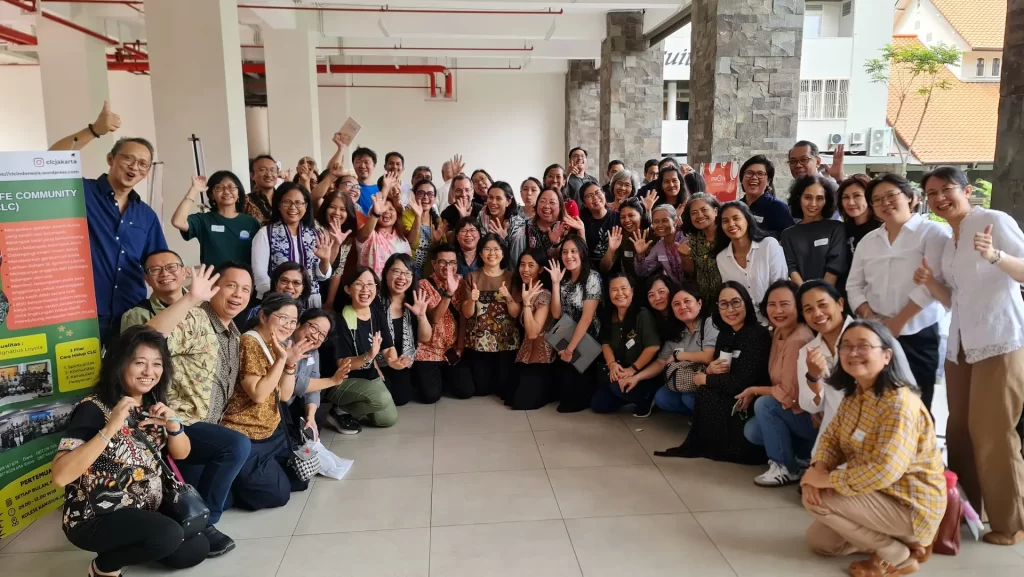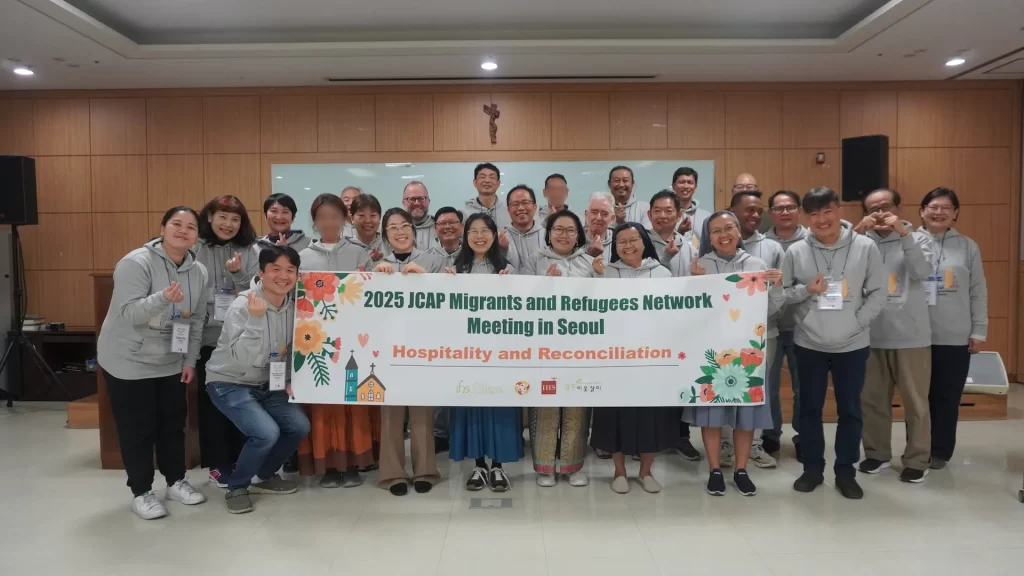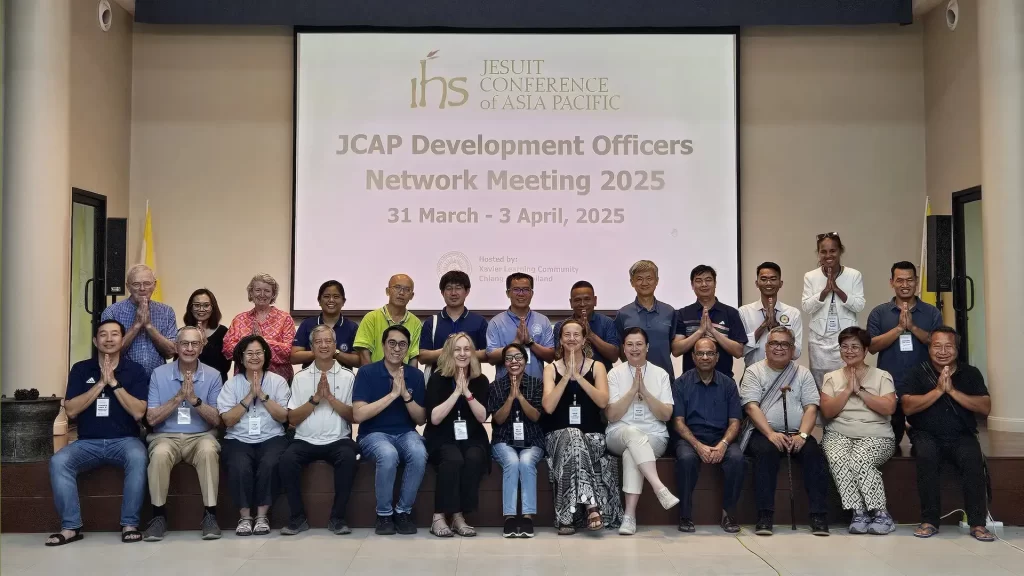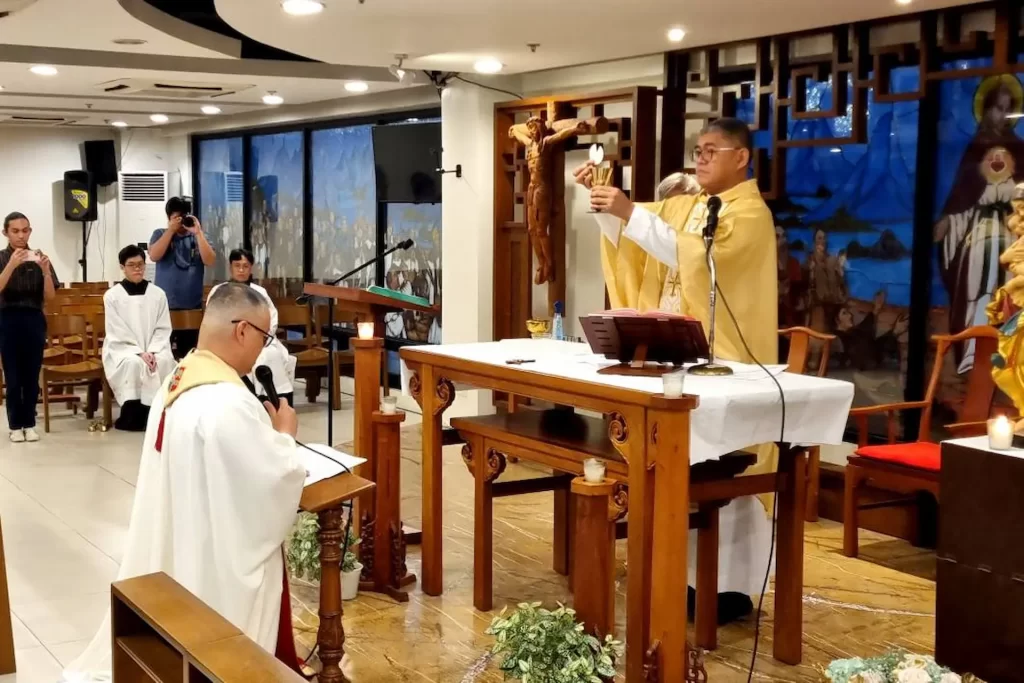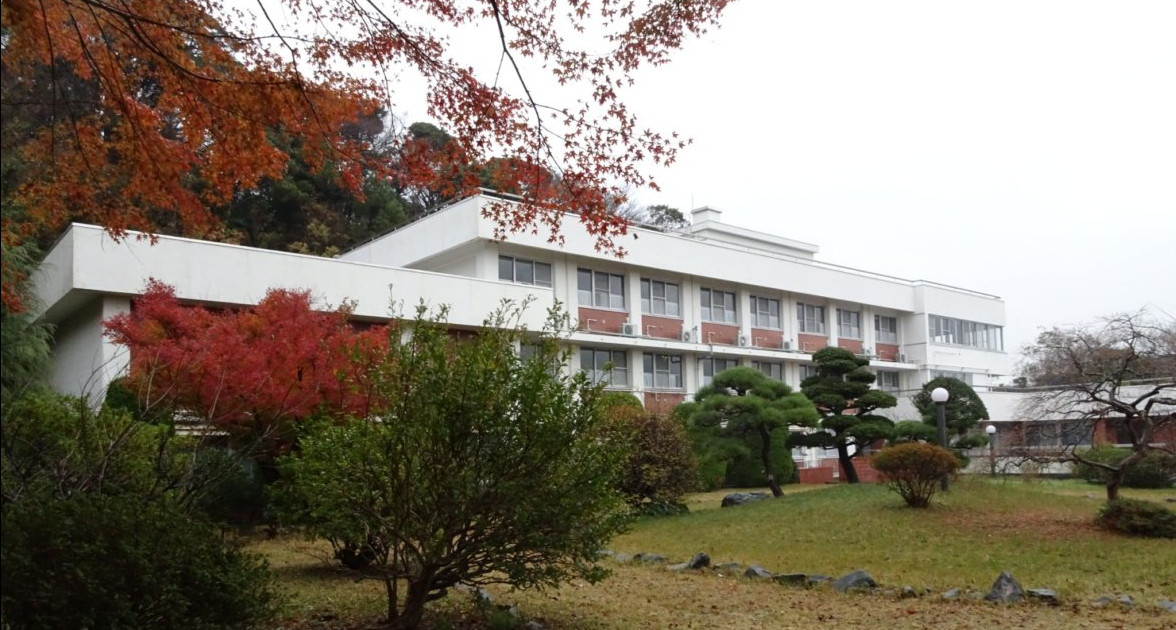
“We have been concerned about the lack of shelters for refugees applying for refugee status,” said Fr Hideyuki Koyama SJ, Chair of the Forum for Refugees for Japan (FRJ), a network of 19 non-profit organisations working for refugees fleeing to Japan.
Last year 10,375 applied for refugee status, but only 44 persons were granted: 16 from Afghanistan; four from Libya; three each from Yemen, Congo, Syria, and Venezuela; two each from Uganda and Ethiopia; one each from Iraq, Sudan, Somalia, Burundi, Pakistan, and Sri Lanka; and two were stateless. Meanwhile, 81 persons were permitted to stay for humanitarian reasons.
Many refugees are forced to stay in detention centres but in order to get a provisional release they need a place to stay. FRJ and some religious congregations have provided living spaces to help address this challenge. The Jesuit house in Tokyo has offered temporary shelter for a Yemeni refugee and a Kurd refugee.
For a time, the Japan Jesuit Province had been faced with the difficulty of finding Jesuits to serve in the Kamakura retreat house. Since the house opened in 1965 as a house of formation, teaching the Japanese language to Jesuits from abroad and some non-Jesuit students, it has undergone many changes. In 1979, it became a Jesuit residence with a few men living there, then in 1986, it began serving as a retreat house until this March when there were no more Jesuits who could be sent there to work. What seemed like an ending became an opportunity for a new ministry to open up in the province.
“We continued to discern whether this house would be used for refugees,” said Fr Koyama. It was the start of a new beginning for the retreat house. Mr Arikawa of the Catholic Tokyo International Center (CTIC), who lives nearby and has contacts with the Yokohama Diocese, offered to handle the administrative process and initiated a non-profit legal structure for the Jesuits to allow the use of the facility as a refugee shelter. “The house as a refugee center would not have been possible without the collaboration of a layperson, Mr Arikawa,” said Fr Koyama.
Arrupe Nanmin Center was officially registered on 5 February and opened in April. The new centre aims to collaborate with other refugee support groups to provide a place where refugees can find shelter and opportunities to study the Japanese language, culture, and customs, and help them integrate into Japanese society through seminars and events. In addition, it hopes to help them find employment and apply for refugee status by providing them with interpretation and translation services.
Mr Arikawa has since quit his post at CTIC to become Office Chief of Arrupe Nanmin Center. The Chair of the board of trustees is Mr Egawa, former Executive Director of Sony Germany and former Managing Director and Secretary-General of the Japan association for UNHCR.
Currently, two residents, refugees from Congo and Cameroon, call the centre their home. Despite the disruption of Covid-19, they expect two more refugees to be moving in soon. The centre also continues to provide a space for those who would like to make a retreat.
“We are calling on university student groups to get involved,” said Fr Koyama. Already, the Sophia University Refugee Support Group, which has about 80 members, has given their support in assisting refugees in their application for refugee status by serving as interpreters and translators. While that is on hold due to the pandemic, the student volunteers are busy making masks to help protect refugees from Covid-19.
“We hope to associate ourselves with Jesuit Refugee Service (JRS),” added Fr Koyama. He hopes that by working together with JRS, they can share more information and possibly ask to find a country where some of the refugees in Japan could be resettled.

